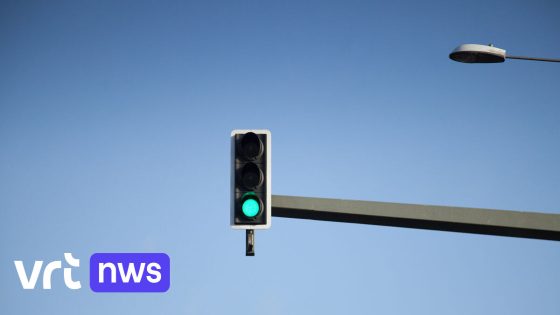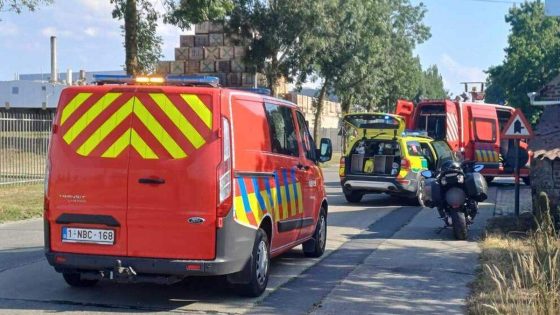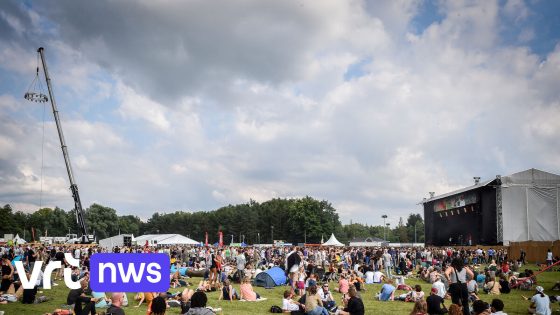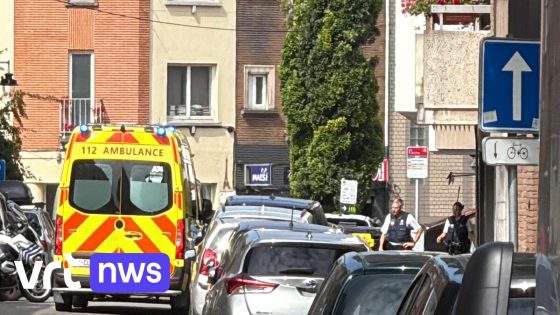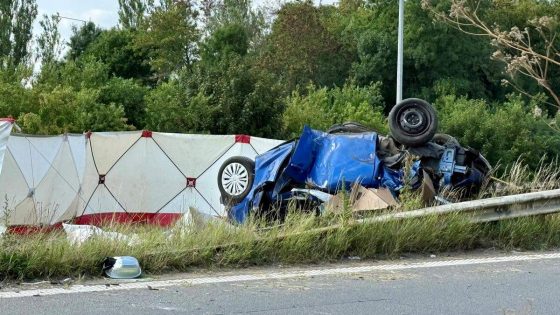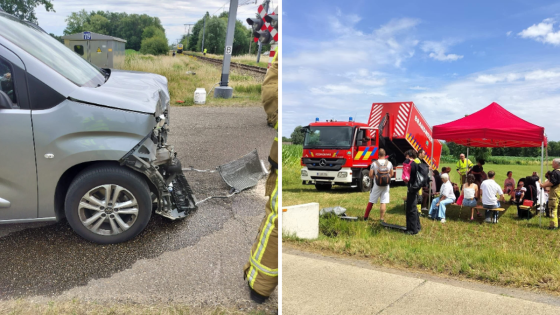Intelligent traffic lights have been installed at 230 intersections across Flanders over the past two years, aiming to improve traffic flow by adapting to real-time road congestion. These smart signals represent a significant step towards smarter mobility in Belgium, especially as urban areas face increasing traffic challenges.
- 230 kruispunten in Vlaanderen kregen slimme verkeerslichten
- Verkeerslichten passen zich aan wegdrukte aan
- 200.000 gebruikers bedienen lichten via app
- Google Maps en Waze ondersteunen systeem niet
- Systeem bereikt beperkt deel van weggebruikers
As of 2025-07-24 07:36:00, around 200,000 road users have downloaded an app that can control these intelligent traffic lights. However, the system’s full potential remains untapped because popular navigation apps like Google Maps and Waze have not integrated with the technology.
How effective can these smart traffic lights be if only a fraction of drivers use compatible apps? And what does this mean for the future of traffic management in Flanders? Let’s explore the current impact and challenges.
The limited adoption raises questions about the scalability and efficiency of intelligent traffic lights in Belgium. Without cooperation from dominant navigation platforms, the system cannot optimize traffic flow for most commuters. Key points include:
- 230 intersections equipped with adaptive traffic lights in Flanders
- 200,000 users employ a dedicated app to influence these signals
- Major apps like Google Maps and Waze remain unconnected
- This disconnect restricts benefits to a small subset of drivers
Looking ahead, closer collaboration between technology providers and popular navigation apps is essential. Belgian authorities and developers should encourage integration to unlock the full potential of intelligent traffic lights and enhance road safety and efficiency for all users.



